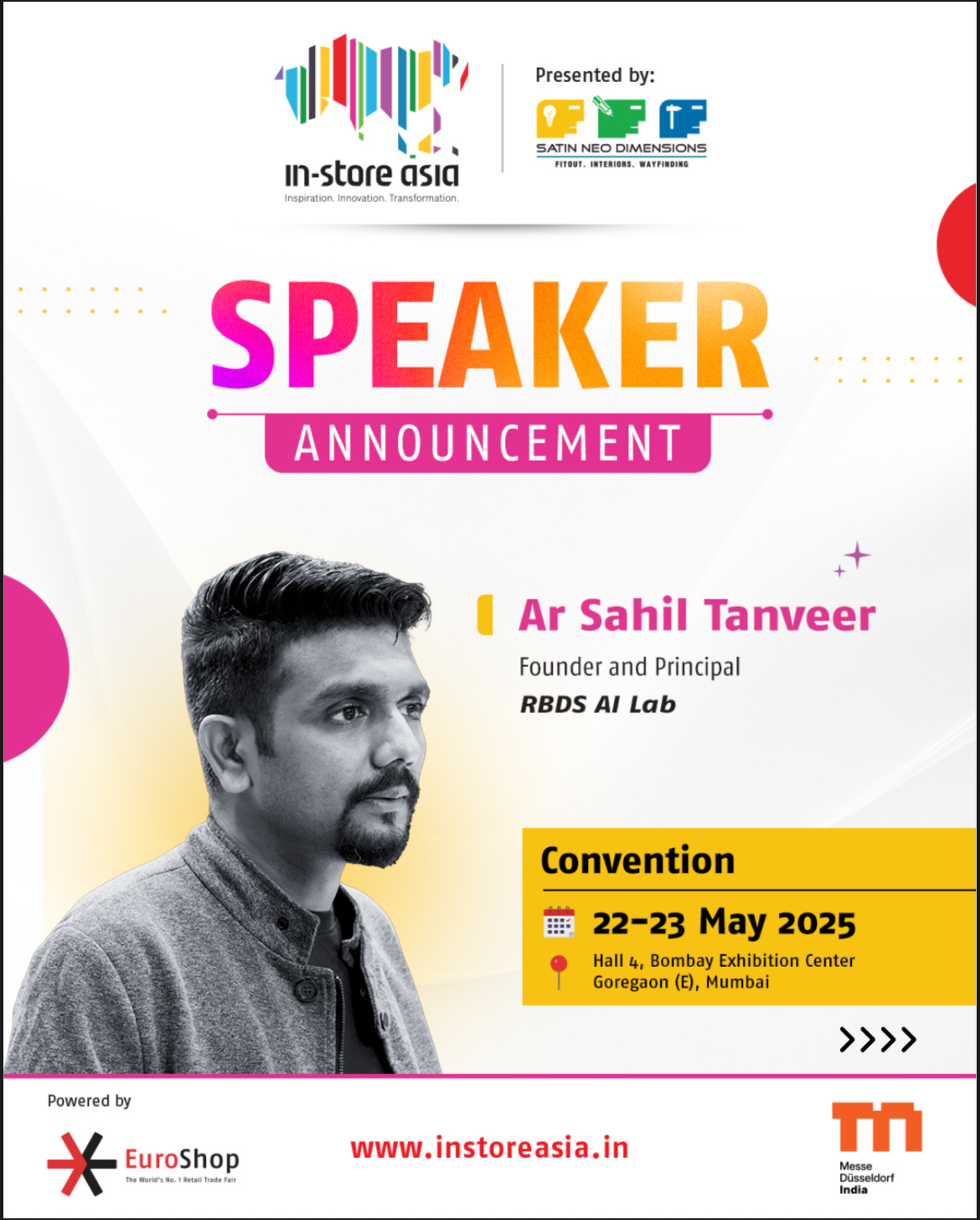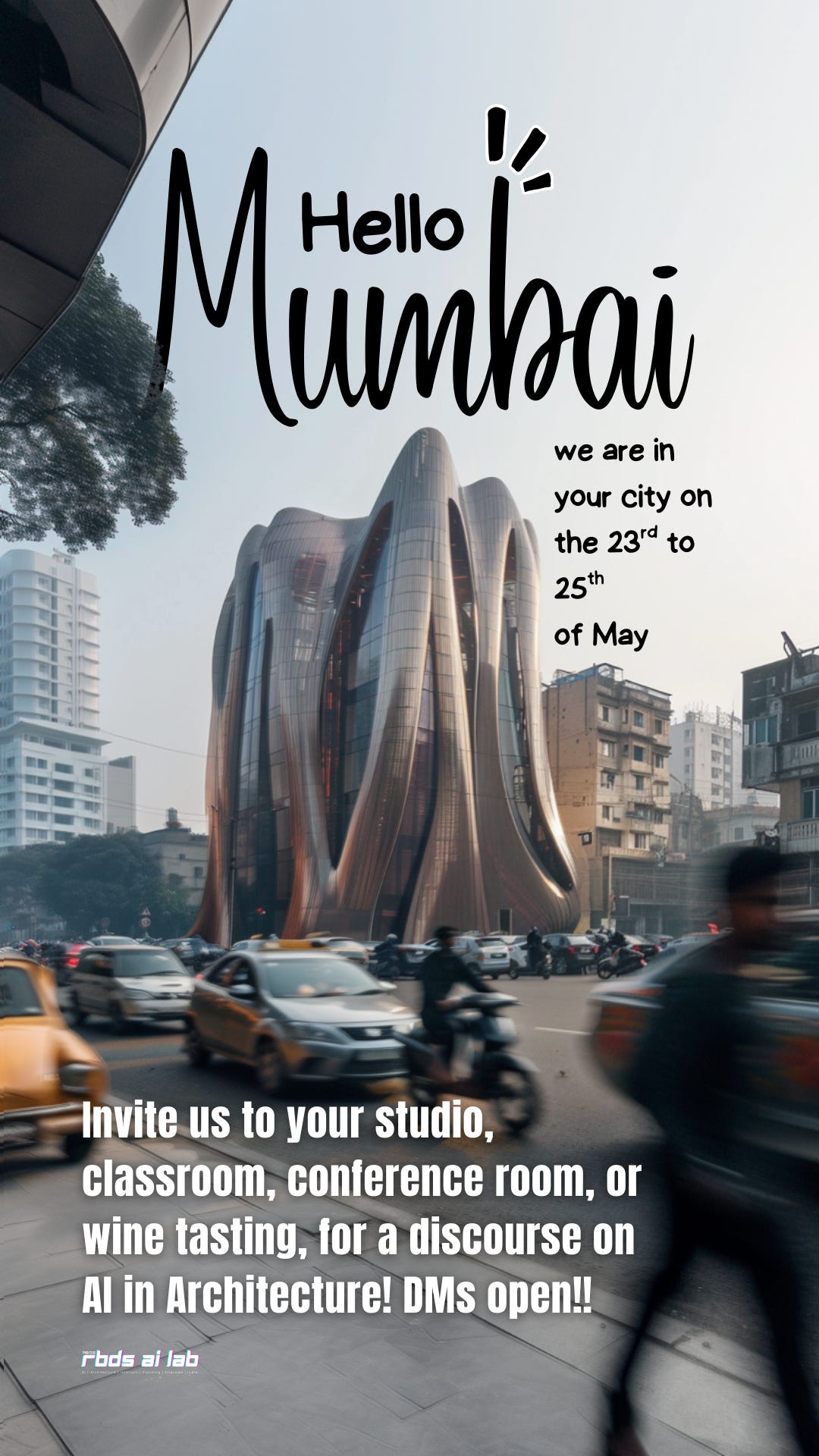Prompt Personalities: How to Collaborate With ChatGPT and Claude
A practical guide to crafting better prompts tailored to the unique temperaments of each model — with side-by-side examples, techniques, and insights for architects, designers, and creative thinkers.
It's Not About Prompting. It's About Conversing with Minds.
What if I told you the real power of AI doesn’t lie in how you prompt, but in how you perceive the act of prompting itself?
Most designers treat ChatGPT or Claude like vending machines: insert words, get results. But once you start using these models as collaborators rather than tools, something clicks. Your prompts become conversations. Not commands, but character briefs. Not questions, but creative cues.
This article isn't about which model is "better." We've covered that last week in our exploration of how ChatGPT and Claude shape different workflows. Today, we go deeper. We're talking prompt psychology. Prompt anatomy. And the often-overlooked emotional dynamics of working with an LLM.
Especially if you’re in architecture or design, you're no stranger to the idea that every collaborator brings a different temperament to the table. It's no different here.
So the question isn’t: What should I prompt?
The question is: Who am I speaking to?
A brief note from our sponsors 😅:
We’re gonna be travelling through 3 cities starting tomorrow, and we wanted to let you know, in case you wanna catch up!
I’m speaking at the International Conference at InStore Asia in Mumbai on the 23rd of May. If you’re around and wanna catch a glimpse of my immersive talk, ‘The Invisible Architecture of Experience: Rethinking Retail with AI’, then do register for the conference and come by. Or else, you can also:
Next stop is Bengaluru from the 25th to the 30th of May with various events lined up! First off, we are hosting a mega workshop, ‘AI Fundamentals for Architects and Designers’ on the 27th of May with our generous hosting partner Fanzart at Sadashivanager in Bengaluru.
We’re a full house! but we’ve opened up 2 more seats just till we hit max capacity, and if you’re in the city and want to be a part of this full-day deep dive into the overlap of AI and Architecture, then:
Continuing in Bengaluru, we’re presenting a research paper at the Acharya International Design Conference at Acharya College Campus on the 28th of May titled ‘Beyond Automation: AI as a Catalyst for Design Thinking’, and its gonna be interesting to watch and of course meet up and discuss philosophy and the future later on!
If you’re from Bangalore and want to invite us over for a training session or a discourse on AI for your team, reach out to me on sahil@rbdsailab.com
Next up is the Pink City of Jaipur! I’m conducting a Fundamentals I workshop at the India International Design Conclave at Jaipur on the 31st of May for the IIID Jaipur Regional Centre, covering a host of AI apps and their potential uses in architectural design workflows. Be sure make it if you’re in the city, as this conclave hosts some really interesting and wonderful speakers! And as usual, if you would like to have a discourse on AI for your team, just reach out!
Alright! Back to the grind!
Understanding Their Temperaments
Think of ChatGPT and Claude as two colleagues in your studio. One is like your eager design intern who says yes to everything and works at lightning speed. The other is more like your soft-spoken philosophy professor who asks thoughtful questions and prefers context before conclusions.
Before diving into examples, here's a distilled profile comparison to tune your thinking:
To make this practical: if you need to get five creative variations quickly, ChatGPT is your go-to. But if you're exploring the philosophical framing of a spatial idea or want your prompt to be interpreted with emotional nuance, Claude can surprise you with its restraint.
Prompt Anatomy: Directing Two Different Minds
Now let’s move from psychology to practice.
The same prompt won’t land the same way across models. You need to tune your language to how they "listen."
Take a use case from architectural lighting design:
Scenario: Let’s say you’re designing a gallery space for kinetic installations—moving sculptures, reactive elements, shifting shadows.
How you prompt ChatGPT versus Claude can shape two entirely different design journeys.
ChatGPT: Think like a brief. Be direct, structured, and constraint-led.
You want speed, breadth, and modular outputs you can riff off.
Why it works: ChatGPT thrives on clarity, numbered lists, and outcome-focused asks. You’ll get fast, functional, and surprisingly imaginative results that are easy to adapt or combine.
Claude: Think like a story. Set the mood, then make the ask.
You want emotional resonance, philosophical depth, or a response that’s more interpretive than literal.
Why it works: Claude responds best when you give it a soul to work with. Rather than commanding output, you invite interpretation. And that shift changes everything.
ChatGPT responds well to what and how.
Claude responds better when you explain why.
If your architectural brief starts with "Design a library," you might get blocks. But if it begins with "In a village where stories are more often spoken than written, design a space that holds silence like a bowl holds water," you’ll see Claude lean in.
4. Real-World Field Test: 3 Scenarios, 2 Responses Each
Let’s test this across three prompt types commonly used in architecture and design.
Scenario 1: Interior Mood Concept
You're ideating mood directions for a boutique retreat or a private residence—early-stage, pre-material, still in the realm of atmosphere.
ChatGPT: Think in categories. Give it buckets to fill.
You want quick, styled concepts with visual references and shorthand tags.
Why it works: ChatGPT picks up on structure, style tags, and output formatting. You’ll get compact, Pinterest-ready ideas you can pin to a moodboard within minutes.
Claude: Think in atmosphere. Let it walk through the space.
You want a rich description—how the space might feel at 7am, how light would touch lime-plastered walls, how silence behaves.
Why it works: Claude responds like a writer sketching a scene for a film. It’s less about tags, more about tone—and that tone often reveals the design.
Scenario 2: Creative Essay Drafting
ChatGPT: Suggests outlines, catchy titles, and structural scaffolds within seconds.
Claude: Offers a long-form, introspective draft that feels like a slow conversation with yourself.
Scenario 3: Client-Friendly Summary
ChatGPT: Summarizes in formats like email, report, or slide bullet points. Think output-ready.
Claude: Reframes the context of the design for empathy, often including a moral or cultural note.
Pro Tip: Claude tends to perform better when you tell it the purpose before the task. ChatGPT, on the other hand, thrives on clarity and structure.
5. From Tools to Tuning Forks
If you’re still thinking of AI tools as apps on your dashboard, you’re missing the point. These are not tools. They are minds. Trained minds with biases, temperaments, and distinct ways of seeing the world.
Claude is your silent sounding board, holding up a mirror. ChatGPT is your agile brainstorm partner, always ready to sketch.
The best architects know when to stop sketching and start listening.
If this article resonates with how you work, you might love our 5-part ChatGPT course for architects and designers. It covers everything from foundational prompting to advanced design thinking workflows, tailored specifically to our domain. This isn’t just theory—it’s built to make you better at the creative decisions AI can’t make for you, but can make with you.
Let the conversation begin.
I’m Sahil Tanveer of the RBDSai Lab signing off for the week. I promote, consult, and apply AI for Architects along with my Architecture and Design Studio, RBDS. If you liked this Substack,
You will love my book, DELIRIOUS ARCHITECTURE: Midjourney for Architects. It is a 330-page hardcover showcasing the potential of AI in Architectural Design. It is available on Amazon worldwide.
You can bend your minds with our WhatsApp channel AI IN ARCHITECTURE where we talk about AI and its impact on us and the built environment.
You can consult with us on AI for your architecture studio. We have multiple levels of learning and integration, from a Beginners session to the AIMM Assessment and beyond. Get in touch with us at sahil@rbdsailab.com or check out our page www.rbdsailab.com
I’m talking about AI. Our team is set to visit key cities of India for architectural conferences, Podcasts and exclusive student interactions at architecture schools. We’d love to come over for an engaging meetup, hands-on workshop, or a creative collab. Enquiries to sahil@rbdsailab.com













